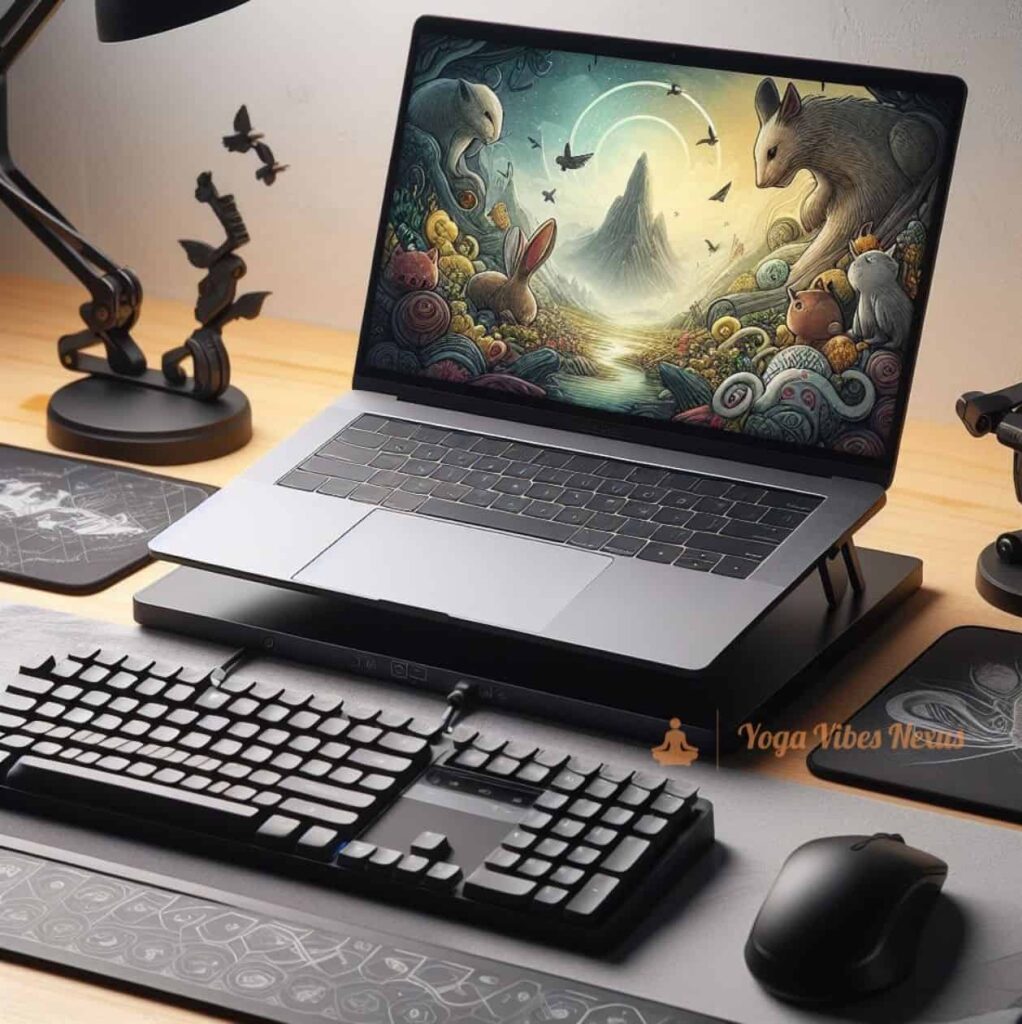Table of Contents
Introduction
The traditional office setup with neatly arranged tables and ergonomic chairs has been the norm for decades.
However, with the evolving nature of work and the rise of flexible working arrangements, many professionals find themselves in situations where tables and chairs are limited and nonexistent.
Whether you’re a digital nomad, a freelancer working from various locations, or faced with an office makeover, adapting to a furniture-less environment requires creative solutions and practical methods.
In this blog post, we’ll explore how you can navigate and optimize your work in an office sans tables and chairs.
How to work when there are no tables or chairs in the office
Embrace Standing Desks and Portable Workstations
One innovative solution for a furniture-less office is embracing the standing desk concept. Investing in a portable standing desk or creating your makeshift version allows you to maintain a comfortable and ergonomic workspace without needing traditional tables and chairs.


These portable desks are lightweight and adjustable, quickly transforming any surface into a suitable working area. Additionally, standing desks promote better posture and reduce the health risks associated with prolonged sitting.
Utilize Alternative Seating Options
When chairs are unavailable, consider alternative seating options that can provide comfort and functionality. Inflatable cushions, yoga balls, or bean bags can serve as makeshift seats, allowing you to maintain a dynamic and engaging work environment.


These alternatives provide support and encourage movement, contributing to better circulation and increased energy levels throughout the day.

Create a Cozy Floor Workspace
If tables are scarce, make the floor your canvas for creativity. Invest in a comfortable rug or use floor cushions to create a cosy and functional workspace. This method allows you to sit cross-legged or adopt various yoga poses, promoting flexibility and a relaxed working atmosphere.

Additionally, floor workspaces can be easily customized to suit your preferences, fostering a sense of personalization and comfort in your work environment.
Opt for Wall-Mounted Solutions
When space is limited, consider utilizing wall-mounted solutions for your workspace. Wall-mounted desks or shelves can serve as functional alternatives to traditional tables, providing a designated area for your work essentials.

This approach saves floor space and adds a touch of modernity to your office setup. It’s essential to install the shelves at a comfortable and efficient height for working posture.
Invest in Portable Technology
In a furniture-less office, the right technology can be your greatest ally. Invest in portable, lightweight devices such as laptops, tablets, and wireless accessories that allow you to work seamlessly from anywhere. This flexibility enables you to adapt to different environments without being tethered to a fixed workstation.

Additionally, consider wireless charging solutions to eliminate the need for cluttered cables, contributing to a cleaner and more organized workspace.
Implement Time-Management Strategies
Working without traditional tables and chairs requires a strategic approach to time management. Break your tasks into manageable chunks, allowing you to move around and change your working position regularly.
Use techniques like the Pomodoro method, where you work in short, focused intervals followed by brief breaks.
This not only enhances productivity but also prevents fatigue associated with prolonged periods of standing or sitting on alternative seating options.
Prioritize Ergonomics and Comfort
While adapting to a furniture-less office, it’s crucial to prioritize ergonomics and comfort. Invest in ergonomic accessories such as laptop stands, external keyboards, and mice to ensure a comfortable and efficient working posture.
Pay attention to your body’s signals and adjust to avoid discomfort or strain.
Remember that creating a workspace tailored to your needs contributes to physical and mental well-being.
Take Advantage of Collaborative Spaces
Explore collarbones more spaces within your building or nearby locations if your office needs more individual workstations. Cafes, coworking spaces, or libraries often provide conducive environments for focused work.


While these spaces may not offer traditional tables and chairs exclusively for your use, they provide an opportunity to collaborate with others and benefit from a change of scenery.
Implement Mindful Breaks and Movement
Incorporating mindful breaks and movement into your routine is essential in a furniture-less office. Take short breaks to stretch, walk around, or perform light exercises.

These activities not only help alleviate any physical discomfort but also contribute to improved focus and productivity. Mindful breaks can be particularly beneficial in maintaining mental well-being and preventing burnout.
Customize and Personalize Your Workspace
Transforming a furniture-less office into a productive and enjoyable workspace is about functionality and personalization.
You can add elements like plants, artwork, or motivational quotes that appeal to you to create an inspiring and motivating environment.
Creating a personalized environment helps foster a positive mindset. It makes your workspace more inviting, even without traditional office furniture.
Conclusion
Adapting to a furniture-less office may initially pose challenges. Still, you can turn any space into a productive and comfortable workspace with creativity and resourcefulness.
Embrace the dynamic nature of modern work environments, explore alternative solutions, and prioritize your well-being.
By implementing these solutions and methods, you’ll overcome the absence of tables and chairs and discover a new level of flexibility and efficiency in your work routine.
Remember, the key is to be adaptable, open-minded, and proactive in creating a workspace that suits your unique needs and preferences.

